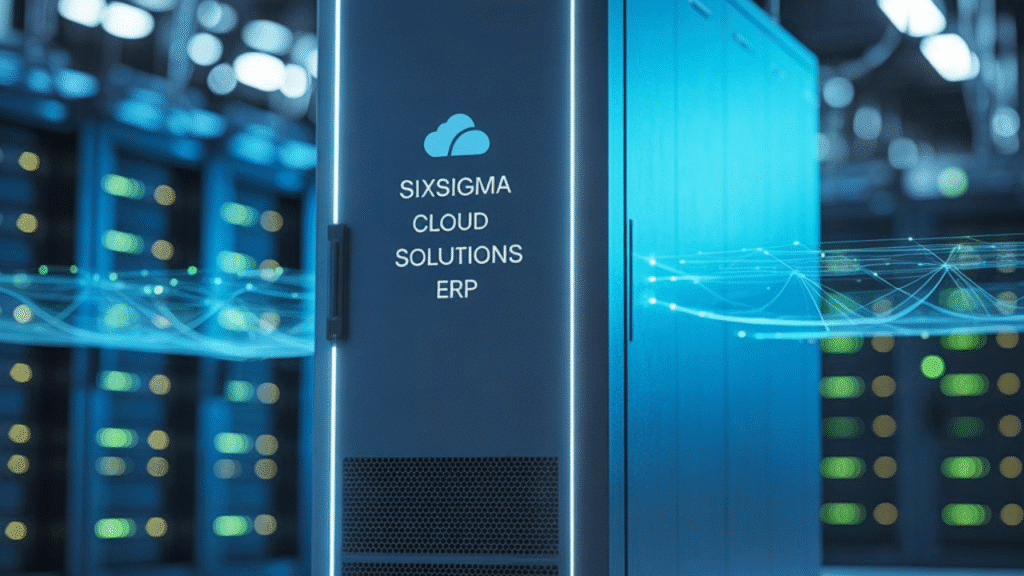Introduction
In the modern United States business landscape, technology expense management is no longer optional—it is essential. Organizations rely heavily on cloud services, software subscriptions, mobile devices, cybersecurity tools, and complex IT infrastructures, all of which increase costs rapidly. Businesses that implement effective technology expense management strategies can reduce unnecessary spending, increase transparency, and improve operational efficiency. With the rise of digital transformation, companies must adopt proactive measures to monitor, analyze, and control technology-related expenses, ensuring both financial stability and strategic advantage.
Understanding the Importance of Technology Expense Management
A strong technology expense management framework allows companies to oversee, track, and optimize every technology-related cost. Without proper oversight, businesses often overspend, duplicate services, or face compliance risks. Modern enterprises increasingly depend on multiple SaaS platforms, cloud storage, mobile devices, and software licenses. The complexity of these systems makes manual expense tracking ineffective and error-prone. Consequently, failing to manage technology expenses properly can lead to financial inefficiencies and operational bottlenecks.
Research shows that organizations can overspend 20–40% on technology due to lack of visibility and unmanaged subscriptions. By implementing technology expense management tools and practices, businesses gain clarity over financial commitments, avoid unnecessary expenditures, and strategically allocate resources for maximum ROI.
Developing an Effective Technology Expense Management Strategy
An effective technology expense management strategy begins with a thorough assessment of current spending. Organizations should evaluate active software subscriptions, hardware contracts, telecom services, and cloud services. Once hidden costs are identified, businesses can consolidate overlapping services, negotiate better pricing, or eliminate unused subscriptions. Policies governing technology usage can also prevent unnecessary spending and ensure that employees use resources efficiently.
Forecasting future technology costs is equally important. As technology adoption increases, predicting recurring expenses helps avoid budgetary shocks and ensures proper allocation of resources. Strategic planning also allows businesses to prioritize high-return investments while maintaining overall cost efficiency.
The Role of Automation in Technology Expense Management
Automation has transformed technology expense management by simplifying complex tracking and reporting processes. Modern platforms collect and analyze data from invoices, usage logs, and vendor contracts automatically. This reduces errors, provides real-time visibility, and saves hours of manual work every month. Alerts about upcoming renewals, overused licenses, or contract changes allow decision-makers to act proactively and prevent wasteful spending.
Automated systems can also integrate with accounting and enterprise resource planning software, streamlining financial reporting and providing an accurate picture of technology expenditures across departments. For large organizations, automation is critical to maintain operational efficiency and control costs effectively.
Using Analytics for Smarter Decisions
Analytics is a cornerstone of effective technology expense management. Through advanced analytics, organizations can identify usage patterns, detect inefficiencies, and forecast costs. Analytics also reveals shadow IT and unused software licenses that often drive hidden expenses. By relying on data-driven insights, businesses can make strategic decisions that reduce costs and optimize technology investments.
Research from academic sources demonstrates that companies using analytics in expense management experience improved accuracy, financial predictability, and long-term savings. Analytics empowers executives to prioritize resources, streamline technology adoption, and support growth without overspending.
Vendor Management and Strategic Negotiation
Vendor management is a key component of technology expense management. Organizations that regularly review contracts, assess service levels, and negotiate pricing often achieve substantial savings. Consolidating vendors where possible can simplify administration, reduce overlapping services, and improve bargaining power. Maintaining strong vendor relationships also ensures better support, service continuity, and access to exclusive discounts.
By integrating vendor management into a comprehensive technology expense management strategy, businesses gain financial control, improve service quality, and mitigate risks associated with unmanaged contracts.
Technology Expense Management in Remote and Hybrid Workforces
The rise of remote and hybrid work in the United States has increased the need for laptops, VPNs, collaboration tools, and cloud platforms. Effective technology expense management ensures that companies are not overspending on unused seats, redundant applications, or unnecessary hardware. Policies guiding technology usage in remote environments improve efficiency and reduce financial waste.
Security is another concern. Proper monitoring ensures that organizations invest adequately in cybersecurity tools while avoiding overspending. Businesses that successfully integrate remote workforce management with technology expense management strategies maintain cost efficiency while supporting flexible work arrangements.
Sustainability and Technology Expense Management
Sustainability is now a critical consideration for modern businesses. Technology expense management contributes to sustainability by reducing unnecessary hardware purchases, optimizing cloud usage, and minimizing energy consumption. Green IT practices lower operational costs and help organizations meet environmental goals. Companies that integrate sustainability into their technology expense management framework benefit financially and socially, enhancing corporate reputation and operational efficiency.
Future Trends in Technology Expense Management
The future of technology expense management is closely linked with AI, machine learning, and blockchain technologies. AI-driven tools will predict spending patterns, identify inefficiencies, and recommend cost-saving measures. Machine learning models can automate vendor comparisons and highlight the most cost-effective tools. Blockchain can enhance transparency and verify contract compliance. These innovations will make managing technology expenses more accurate, proactive, and strategic than ever before.
Conclusion
Technology expense management is a strategic imperative for businesses in the United States. By assessing current expenses, implementing automation, leveraging analytics, and optimizing vendor relationships, organizations can reduce costs, improve efficiency, and support growth. Companies that adopt proactive and data-driven expense management strategies are better positioned to navigate the challenges of digital transformation while maintaining financial stability.






Pingback: Feedbook App Revolution: 7 Reasons Readers Love It